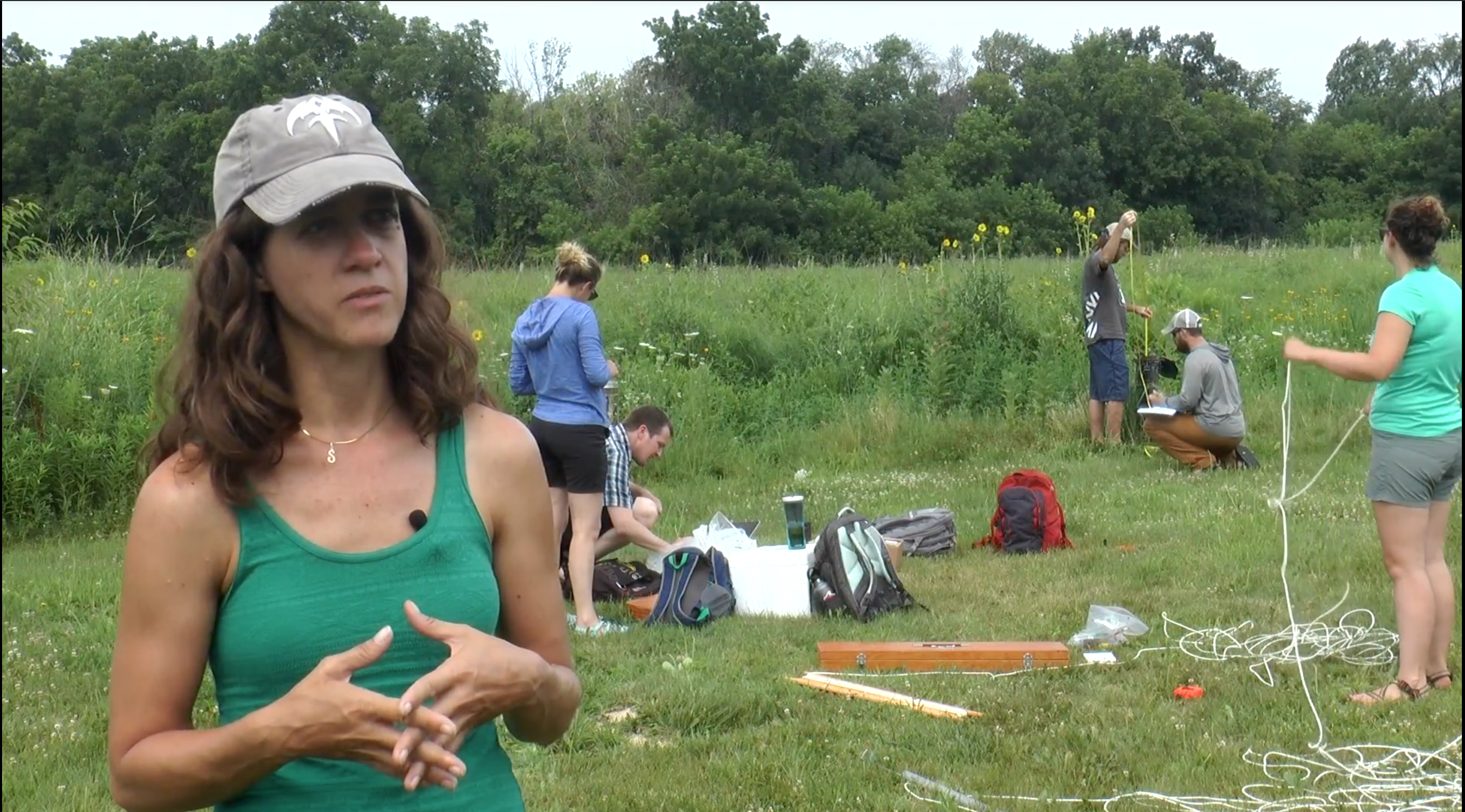Leaking septic systems or manure from adjacent rural properties are the two most common sources of fecal contamination of a well. The University of Wisconsin Water Resources Institute is funding a new research project to refine a methodology to determine the source of well water contamination.
About ten one-gallon jugs of water line the shelves in Wayne Stefan’s garage, waiting to be used for drinking, cooking or mixing up a pitcher of lemonade. The water from his rural Fond du Lac well is contaminated with coliform bacteria, and he has to buy the family’s water elsewhere. Their water has been considered unsafe to drink since the floods of 2008.
Sam Sibley, a UW-Madison post-doctoral research associate, attaches a series of hoses and a filter to the outside spigot connected to the Stefans’ well, one of six wells with known contamination problems he is sampling around the state. Thirty gallons of water are run through Sibley’s filtration system, which employs the same kind of dialysis device used for people with failing kidneys. The filter contains thousands of tiny straws that are capable of simultaneously trapping the three types of microorganisms that may contaminate groundwater—bacteria, viruses and parasites. After about 70 minutes, the filter, now potentially containing pathogens, is disconnected from the hose, the hose from the tap, and Sibley is on to the next home to start the process again.
Back at the State Laboratory of Hygiene, Sibley washes the microorganisms from the filter and pelletizes them for DNA purification and analysis. He is looking for the presence of adenoviruses and polyomaviruses, viruses that are considered source-specific fecal indicator organisms.
The technology of finding the source of fecal contamination has evolved rapidly over the past decade. Microbial source tracking has been used to identify the sources of bacterial contamination for several years. Now, viral source tracking is being used to differentiate human from bovine viral contaminants. Bacteria and viruses may both be present in the well, and they may have entered the system at different times.
Steve Ales is the regional manager for the drinking and groundwater program at the Department of Natural Resources’ south central region office and has done field work with Sibley. “Once a well is contaminated with E. coli,” said Ales, “you need to figure out why, because unless you know how the E. coli got into the well, the well is always going to be vulnerable to E. coli contamination in the future.”
Long-term solutions can be implemented once the source is known. Analytical techniques used by Sibley revealed human viruses in a sample he took at a home in Rock County. Further investigation by Ales disclosed that the source was a break in a pipe between one of three homes that had contaminated water and the mound septic system. When the pipe was replaced, the bacteria numbers declined.
When the source is manure, it may be difficult to assess if it is from improperly spread manure on a nearby field, fractured bedrock, or poor casing in the well. Qualified homeowners may be compensated through Wisconsin’s Well Compensation Fund for clean-up measures if it is demonstrated that the contamination is from manure.
Homeowners with private wells are encouraged to test their water for bacteria annually. The water may smell, look and taste fine but still be contaminated and pose a health risk.
by Carolyn Betz



